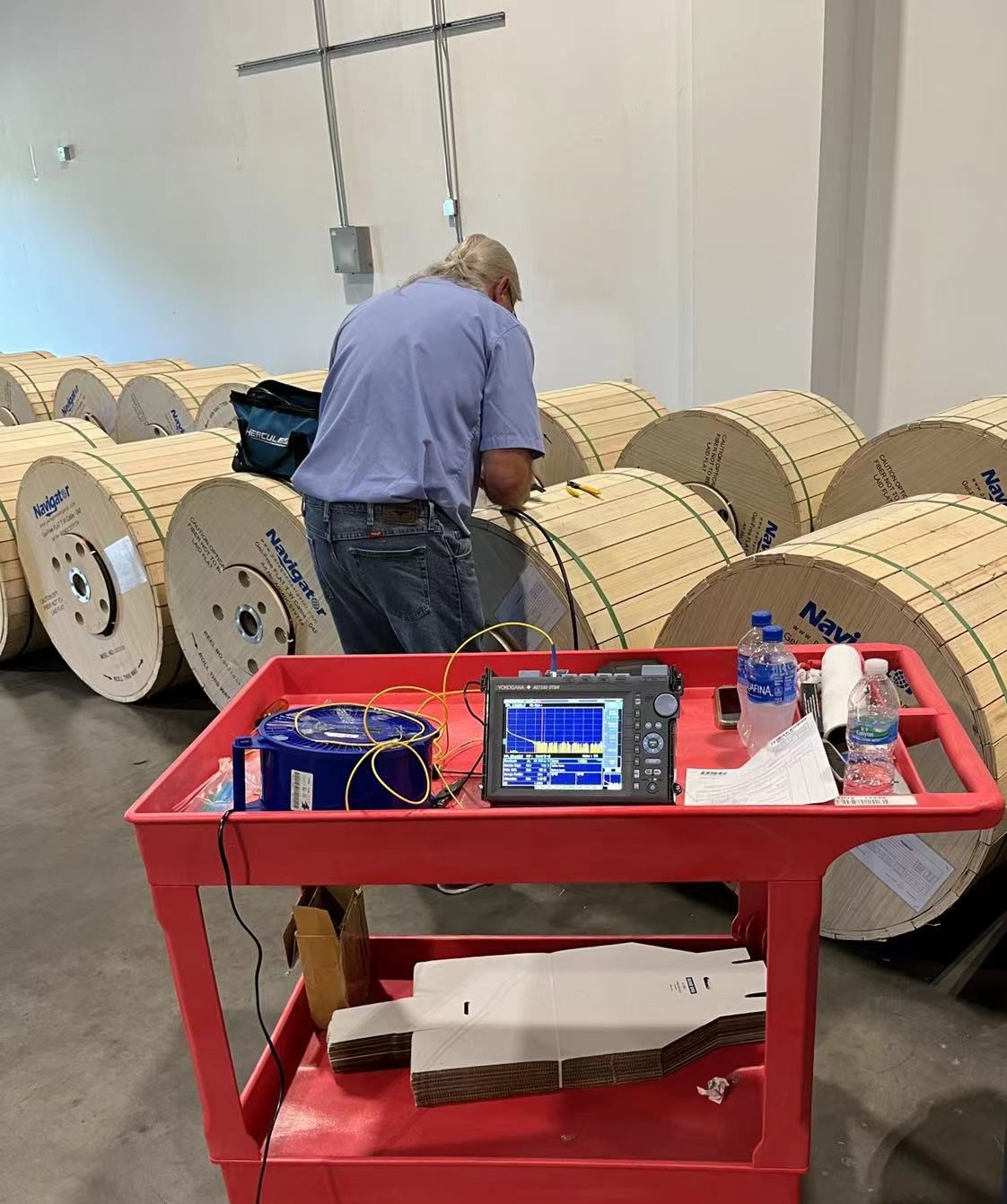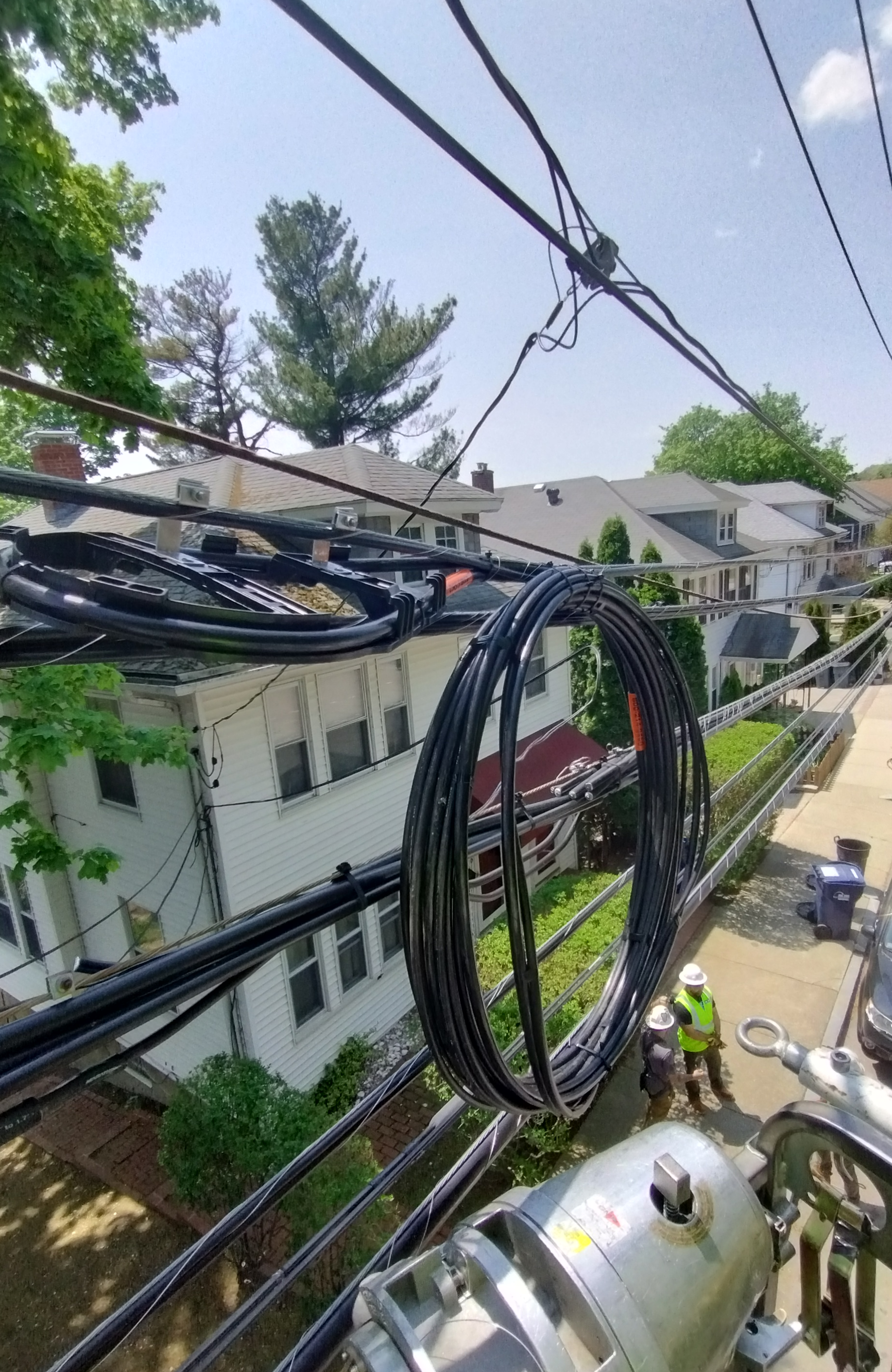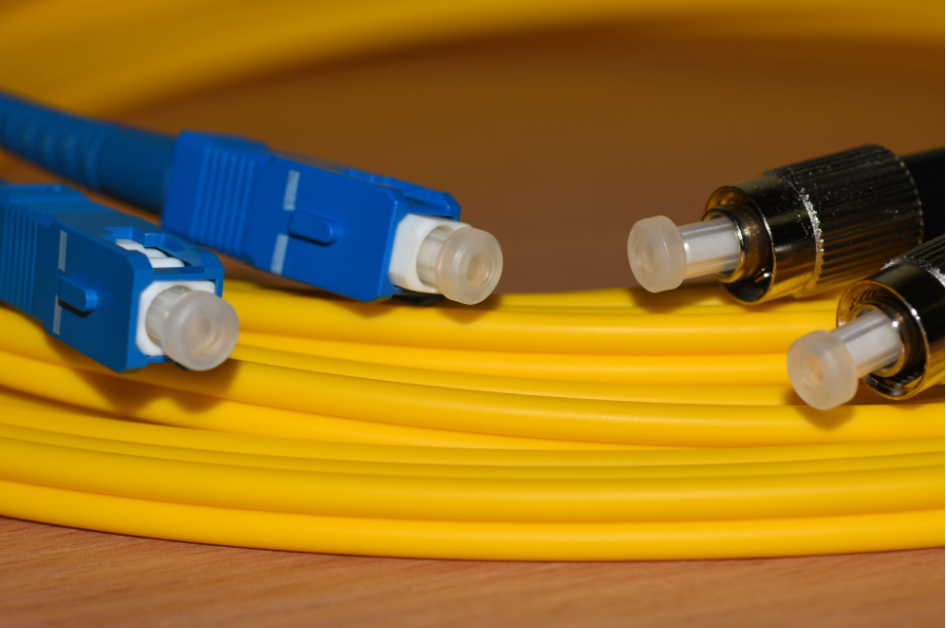Single-mode fiber categories and designations
Various international standards have their own designations for different types of single-mode fiber, which can be rather confusing. Below is a summary table that references the three main standards bodies in the governance of optical fiber specifications IEC (International Electrotechnical Commission) is an international organization that sets standards for electrical, electronic, and related technologies. IEC standards…
Read articleBasics about an Optical Time-Domain Reflectometer
What is an OTDR? An Optical Time-Domain Reflectometer (OTDR) is a device that uses light pulses to measure the properties of an optical fiber. It sends light pulses into one end of the fiber and detects the light that is backscattered along the fiber. It then calculates the intensity and timing of the returned light…
Read articleTypes of OSP cables
Outside plant cable designs are tailored to the specific application. In OSP installations, cables may be underground, direct buried, aerial or submarine. Underground Cable Conduit and innerducts are generally used for installation of underground cables. These OSP cables are made to withstand high rated values of tensile strength, and may need lubricants to help reduce…
Read articleFiber connectors and polish types
The different polish types of fiber connectors affect the optical return loss (ORL) of the connector. ORL is the amount of light that is reflected back to the source when it strikes the end face of the connector. A lower ORL means that less light is reflected back, which results in a lower signal loss.…
Read articleFiber Optic Cable Flame Resistant Levels
Fiber optic cables are used in a wide variety of applications, including telecommunications, data networking, and security systems. In some of these applications, it is important for the cables to be flame resistant. This is because a fire can cause significant damage to a building and its occupants, and flame resistant cables can help to…
Read articleFusion splice vs. Mechanical splice
Fusion Splicing vs. Mechanical Splicing Fiber optic splicing is the process of joining two optical fibers together. There are two main types of fiber optic splicing: fusion splicing and mechanical splicing. Fusion Splicing Fusion splicing is the most common type of fiber optic splicing. In fusion splicing, the two fibers are joined by melting them…
Read article





